

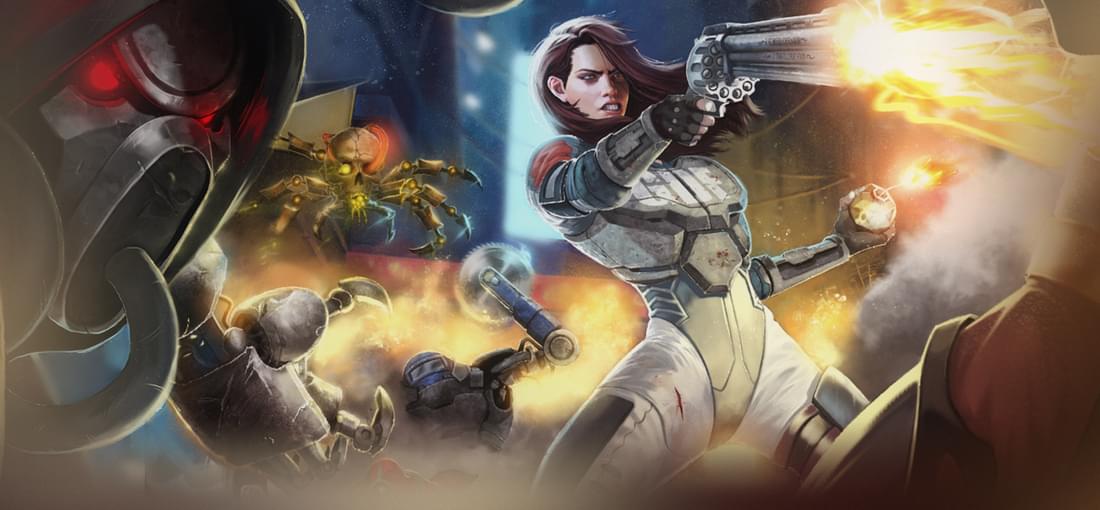
I loved it in the first few hours, which turned into mild amusement, which turned into being bored of it before it was over. Maybe that just means the game outstays its welcome, but I don't think that's the problem for me. If you haven't played any old shooters in a while I can see why this would be an interesting novelty, but as someone who does still play and replay them on the reg, I didn't find Ion Fury to have much interesting to offer. If it came out in the 90s I can only see it being a solid 7/10, even then. The weapons and enemies aren't very unique or exciting. A basic arsenal with nothing that really stands out to me, and some of the same enemies just come at you repetitively (like the robot headcrab things). There's not enough variety there. The indoor environments get a bit dull after the first few levels, with large outdoor areas offering a nice breath of fresh air before you're quickly funneled back into corridors and tunnels again. A lot of the game's humour falls flat and some of it is just perplexing (or maybe I don't get the references?). It does things right too. Movement speed and freedom of movement for example are perfect, and you can get into a very satisfying groove during combat when you're jumping around the maps. The basic enemies die quickly and gib, and the game makes you feel like a badarse. It has all those simple pleasures down fine, but this is like the minimum I would expect from a retro inspired shooter, and it wasn't enough to sustain me through the whole game. There's just something missing from this one.
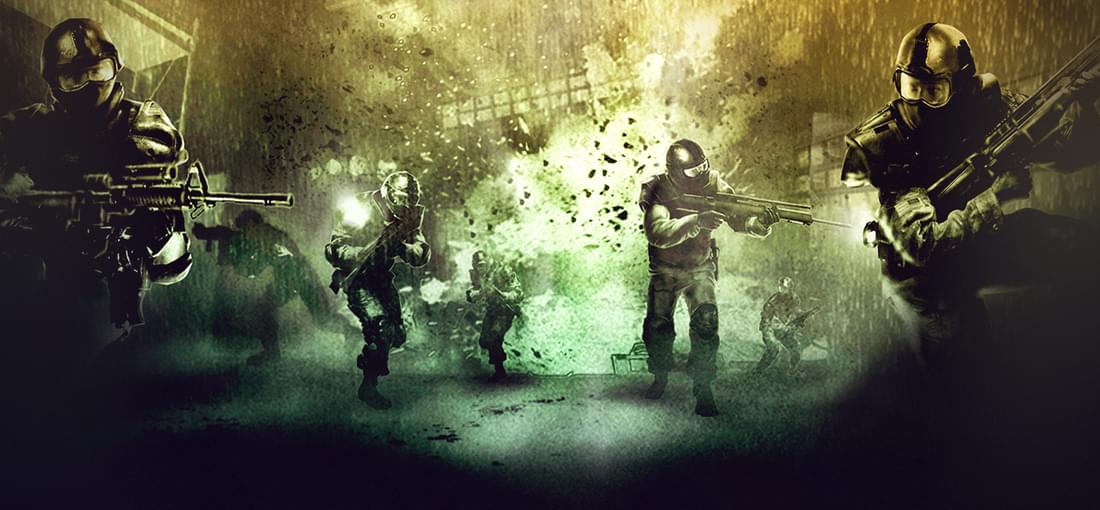
The combat is still really great. All the weapons feel and sound impactful, chunks get blown out of walls from gunfire, there's a slowmo ability and a jump kick ability, so it's pure John Woo action. The AI is still unmatched 13 years later. Enemies seem to have a sense of self-preservation and approach combat intelligently. They retreat and regroup, flank you, and communicate with each other. They seem to remain calm when they're beating you, and react with their own fear when you're outmatching them. Sometimes they'll do something completely unexpected that will go against everything shooters have subconsciously taught you over the years, but makes complete sense in the moment. The fact that later shooters seem to have been learned nothing from F.E.A.R is a crying shame. There's a certain pacing to the game where you'll go through an action-packed sequence followed by an intense scary sequence, rinse and repeat. This is quite satisfying and "comfortable" because it's easy to predict, so the player always has moments of relief to look forward to where you know you'll get a break from the horror to just shoot some bad guys; and these contrasting moments mix together really well in my opinion. It's especially good for scaredy-cats like me who want to dip their feet in horror but can't handle a whole game of it. However, this kind of predictability in a horror game won't work for those who get more thrills from surprises. F.E.A.R. doesn't really do anything surprising in the horror department, and in general it just follows the same horror tropes we've seen in films a thousand times before, but the atmosphere is excellent and always intense in spite of that. It does a great job of keeping things subtle, and there are more times the game tries to mess with your mind and your perception of the world rather than constantly jump-scaring you. It's a very creepy game. The story is cheesy nonsense though.
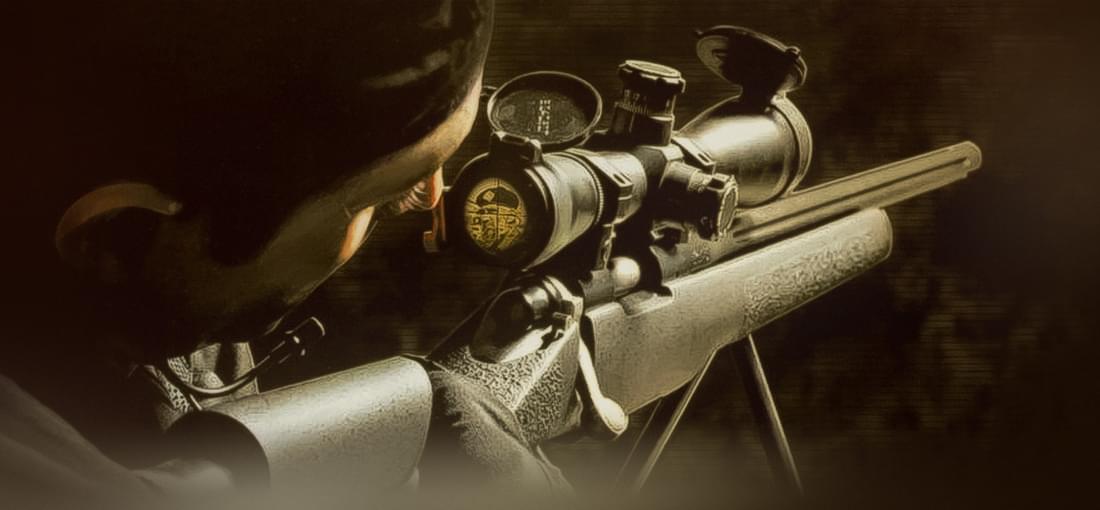
Despite the name and the cover art, SoF doesn't play like some kind of Call of Duty predecessor. The story is military themed, but the gameplay really isn't, as John Mullins controls more like a superhuman ninja than a soldier. He's basically John Wick with a moustache. Combat is fast and frantic, lending itself more to reflex based spur-of-the-moment decisions rather than tactics or planning. It's extremely violent, but it's all very stylish. It feels over-the-top in a subtle enough way that it can't be taken seriously or really offend anyone, but not so crazy that it becomes a parody. The dismemberment system is what SoF is known for, but the gameplay would still be great without it. Each map is PACKED with enemies, and shell casings litter the ground as you sprint through the levels killing everything that moves like some kind of terrifying, unfeeling exterminator. It tickles something in my primal lizard brain and remains consistently entertaining throughout. Weapons pack a satisfying punch both visually and audibly, and it has some of the best weapon animations I've ever seen in a game too. It might sound odd to say that the animation for switching to a weapon, or even just reloading one, can actually be memorable, but some of these have stuck with me for 18 years. It's almost like each gun has its own little personality, and in a way it's kind of charming. The level design is great, except for a few confusing areas. The gritty underground environments of the early game are contrasted by the Japanese skyscraper, German castle, and the slick silver rooms with sci-fi technology of the later game. Although the drab sewers of Kosovo aren't very inspired, and the Iraqi Oil Refinery is frankly a sh*t level that should never have passed playtesting, they're slight flaws in an otherwise varied and memorable selection of environments. But most importantly there's no chest high walls and highly scripted sequences here, this is turn-of-the-millennium soldiering!
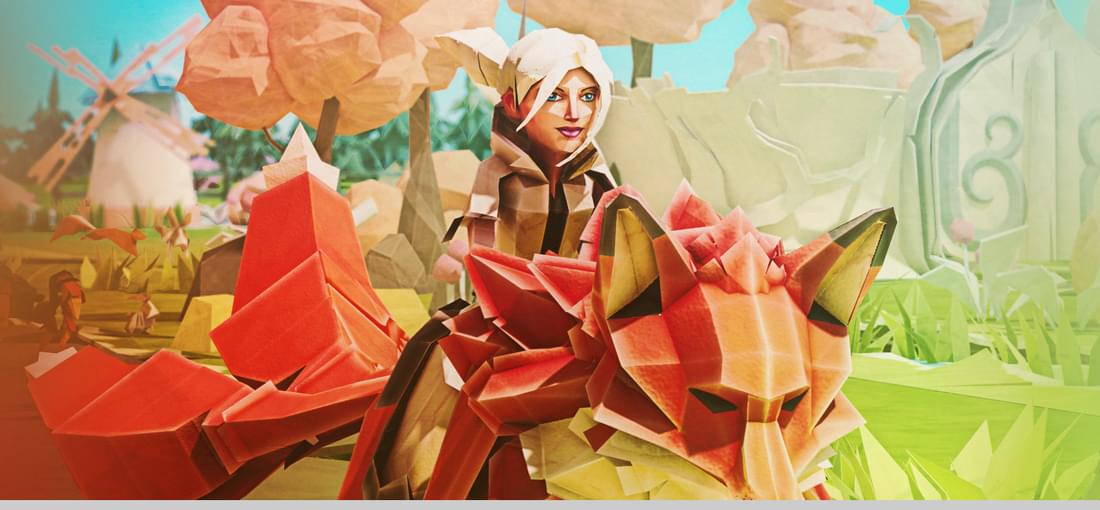
When was the last time you played an RPG typing game? Never, that's when. Typing games get a bad rap because they feel implicitly educational, but typing words out in order to attack isn't much different from pressing one key or clicking my mouse. It has its own natural difficulty slider (giving you more challenging words to type quickly) and there's something amusing and weirdly satisfying about fighting monsters with the power of language. The elemental powers you get to enhance your attacks are perfectly balanced and all useful in different ways. I really liked the world I explored too; and the art style is striking, clever, and beautiful. I wish it had surprised me more with the rest of its gameplay though, and if it had, I'd also wish it was longer. It just relies on its gimmick a bit too much. As it stands, it's about 6 hours long and that feels right for what the game offers. The puzzle segments are very uninspired, and the story is a bit cliche. I had a lot of fun with it though, and it makes me hope we'll somehow get more games like it.
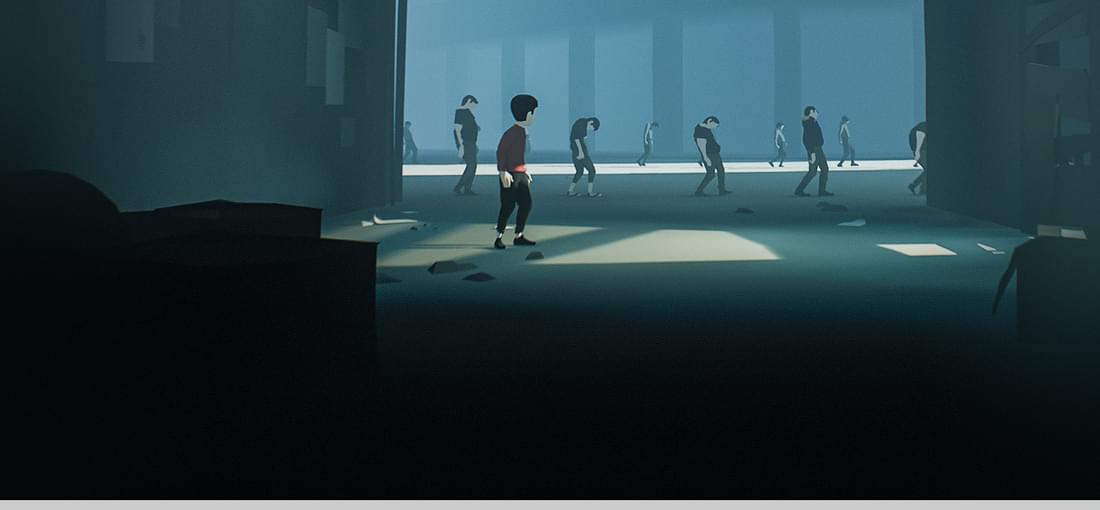
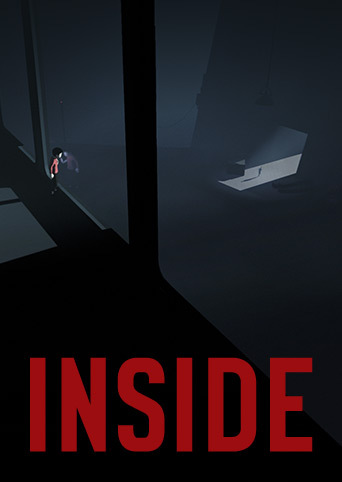
A gorgeous, intriguing game about solving puzzles and running away from stuff (to put it as simply as I can!) There's a very strong attention to detail, and the animations and physics are fantastic. It's very atmospheric, intense, and often unsettling. There are no on-screen indicators or instructions in this game, you just work everything out by yourself, and it's really excellent at giving you subtle hints through the environment to help you find solutions in an intuitive way. The story isn't explicitly told to you, as there are no cutscenes and not a single line of dialogue. You piece things together by observing the world and what's happening around you, and much of it is open to interpretation. The game will leave you with more questions than answers, but to me, the answers aren't really important. I was fascinated by the surreal journey. The puzzles are repeated a bit too much, but I don't find this as problematic as some of the more critical reviewers claim to. One puzzle will teach you a certain mechanic, then throughout the game you'll need to do it again a few more times under more confusing conditions, so you'll be familiar with what's happening but there are barriers in your way that complicate things. Many games do this same steady progression of difficulty while maintaining familiarity for the player, and it's a completely valid design choice. I would simply say that INSIDE takes the concept a little bit too far, and some more variety in the puzzles would have been nice. Another thing I should note is that your deaths can be very brutal, and as you're playing a young boy, I'm sure some players will find that too disturbing. Whether or not it "fits" with the atmosphere of the game is subjective, but I have mixed feelings about it. Though it's short enough that you might finish it in one sitting (about 4 hours), the length seems perfect for what it is. Perhaps a little too short for a $20 game, but for an experience so unforgettable... It's worth it.
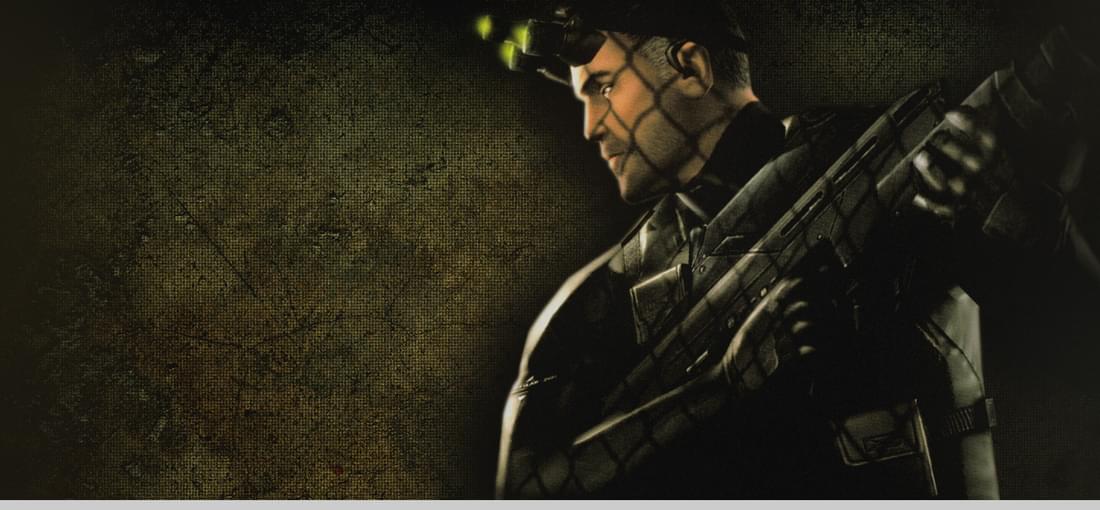
Like all good stealth games, it's very effective at using the gameplay to invoke tension and to keep the player in suspense. The stealth is intense and challenging, you have an impressive amount of moves, and various gadgets that give you options to get creative in how you deal with enemies, which keeps things interesting. The game relies on all the archetypical aspects of the genre, so keep in mind that it inherently has trial-and-error as part of the gameplay; but that's just the way this kind of stealth works, so take it or leave it. The game doesn't hold back on pushing you to play it the way it's intended to be played, and there isn't any hand-holding. I think this is to the game's credit, but keep in mind it's very stubborn and old fashioned that way, and it's difficult too, so quicksave and quickload are your best friends. Playing it as an action game is close to impossible, unlike the newer Splinter Cell games, but it can't be played as a pure stealth game either. There are moments where it pretty much forces you into combat, which makes the game seem less confident in its approach to stealth, and the shooting mechanics are too damn awkward to be fun. The game shines most on the levels where you're not allowed to kill anyone, because the level design in those sections is constructed to make the most of the stealth mechanics. The level design in general is good, but your options on how to proceed through the levels are very limited. This was intentional, as it's supposed to be a strictly linear game, but if you've played Chaos Theory, you might find that this one feels too limiting. There are some elements of backtracking (the fair kind, not the padding kind) that are done quite cleverly to make the levels feel more intricate than they really are, but it's kind of a façade. Every step is a motion that has already been planned out for you, and every path is very enclosed. It's no Chaos Theory, but overall it's still a good game today.

I don't hate the tonal shift in this game like others do. The Gothic tone made for an interesting change from the fantasy Arabian theme of the first game, and it makes sense from a story perspective too. I'm glad it was only a temporary change, but I also feel that without it, the SOT trilogy wouldn't have been anywhere near as memorable. The atmospheric music pieces aren't as good as the first game, and they get repetitive, as does the heavy metal that plays during every combat encounter. The new open-ended design, and ability to explore environments in both the past and present is a cool concept, but also kind of feels like an excuse to pad the game with backtracking (which it does). But the level design is excellent, and the way you become familiar with each area over time and start getting through them quicker is satisfying. The in-game map is terrible though, so it can sometimes get disorientating. The combat mechanics have been improved, with more attacks and more ways of dealing with groups. That's great, but in turn there's a much larger focus on combat, with very few moments of downtime. Some enemies just aren't fun to fight, like the Ninjas, and a lot of the time I just wanted the combat to hurry up and end so I could get back to platforming. Fights you're not enjoying can go on for so long that you may find yourself wanting to echo the Prince's words that he often says during combat: "I grow tired of this." Unfortunately the dodgy camera was *not* improved, and is just as annoying as ever. This is a better PC port than Sands of Time was, but still not good. Controller support is better, but the audio will almost always desynchronise during cutscenes. Sometimes, the audio for voices doesn't bother to play at all. Expect these problems, because they seem very common. This one is harder to appreciate, especially at the start, and it's undoubtedly more flawed than the other two games in the SOT trilogy. Still a good game though, if you give it a chance.
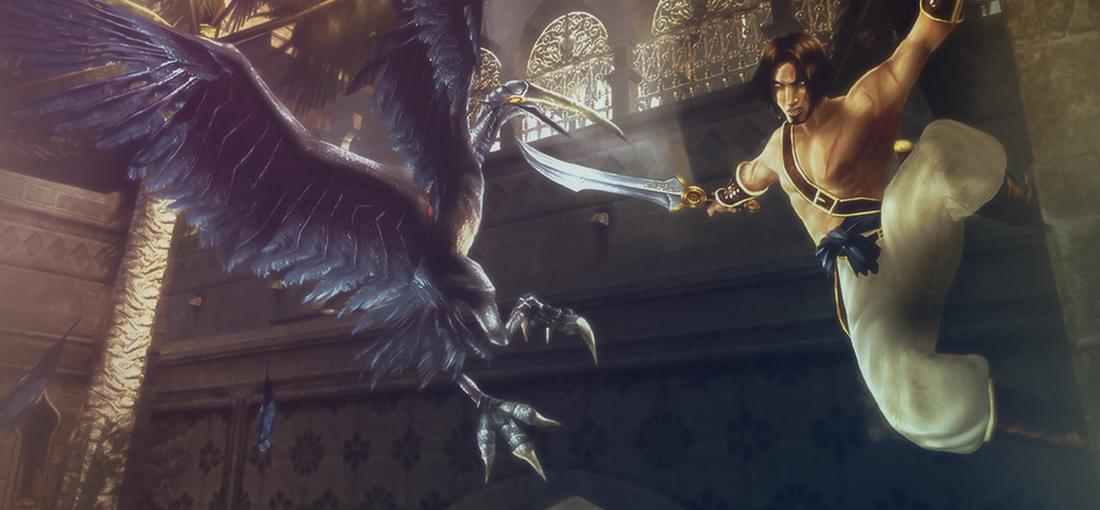
This game was something special. A whole new way of traversing environments in 3D, that felt (and still feels) great. It did parkour before parkour was "cool", and ironically this series still does it better than anything I've played since (except *maybe* Mirror's Edge). Getting around the levels and solving platforming puzzles with all your moves feels great, and all the while you're surrounded by some artistically gorgeous visuals and great music. Euphoric. The plot is definitely up there with the better video game stories, and the two main characters are flawed and fairly interesting, but there's also an element of campiness that the game embraces too, and it doesn't take itself too seriously. This is a gem from the golden age of Ubisoft, weathered a little with the passage of time... So let's talk about that weathering... Firstly, apart from all the sand enemies, your main antagonist will be the game's camera, whose ultimate goal is to make the experience as irritating as possible for you. The camera WILL clip through walls to obscure your view, it WILL suddenly switch position while you're jumping across the most delicate platforms, and it WILL fight you relentlessly when you try to wrestle it to where you need it. For obvious reasons, the camera problems are at their worst during combat, and unfortunately.... ...The combat has it's own problems too. Don't get me wrong, it can be satisfying, especially during the mid-sections of the game where you're powerful enough to have some fun with it but not overwhelmed by enemies yet. But further on from that it starts to get repetitive and annoying, due to the way the prince forcefully locks on to enemies, the inaccuracy of his movement, and the lack of variety in his attacks. It kind of feels like a game designed for one-on-one combat that constantly surrounds you with enemies instead. It's all very nicely animated, but underneath all that flair it's clunky, frustrating and often predictable.
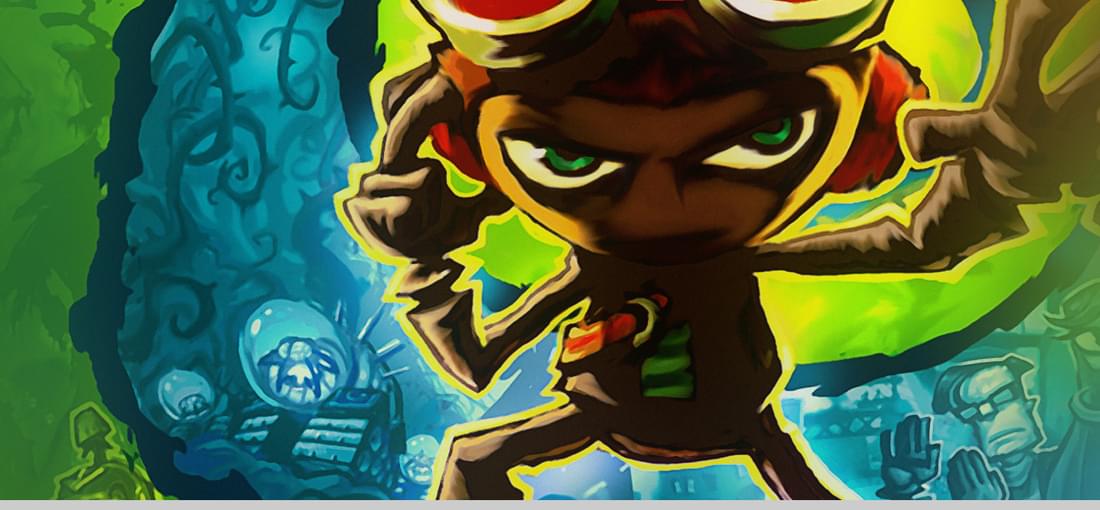
Going to have to hold up my flame shield for this one. Psychonauts gets so many things right. Its premise and story, its art style, its humour - all fantastic, and people have talked about these things a million times, so it seems pointless for me to do so. The problem is, I just don't find it very fun. I wanted to like it so much, and over the years I've started the game so many times, but never got further than a few hours in. I bought this game on Steam back in 2006! I then bought the GOG version later to further support the developers, telling myself "I'm definitely going to finish this one day and I'm definitely going to love it." I always told myself I was getting distracted by other games and by life, and that one day I'd finish it. Today, I've finally pushed through the game, further than I've ever got before, and I've come to accept how I really feel, which is that I don't really like it. It's hampered by bad level design (in a gameplay sense), stiff controls (yes I'm using a gamepad), a clumsy targeting system, and awkwardly-designed boss fights. Parts of it have just aged poorly, other parts were never very good, and yet some moments are pure genius which just makes the rest of the game all the more disappointing. I would love this game, if it wasn't for the whole "game" part of the game. When people praise Psychonauts, they talk about the characters, the world, the story; most people aren't praising the gameplay, and that's something you should keep in mind if you're new to it. The gameplay itself is, at best, average for a platformer from 2005, and subpar when played today. Personally, there are other platformers from the same era that I can still enjoy much more than Psychonauts.
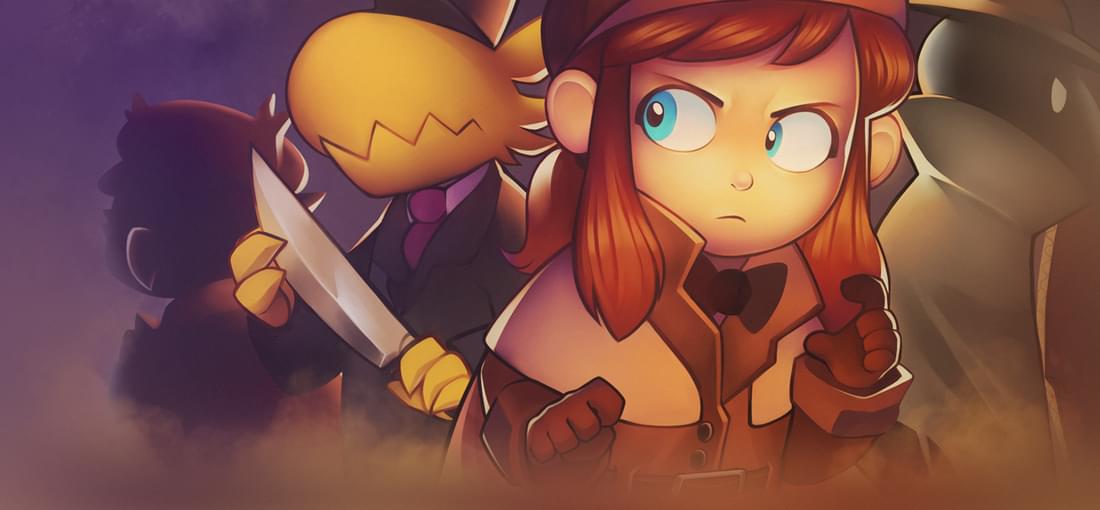
This game is a love letter to a genre that hardly even exists anymore, especially not on PC. It really plays like a GameCube 3D platformer, and would feel right at home on that system! It doesn't quite have the same strong identity of some of the classics, but it's still a real breath of fresh air, and if you feel nostalgic for these kind of games you *have* to try it. It's 10 - 12 hours of great lighthearted fun, through vibrant and varied worlds brimming with charm and creativity. The imitation of the classics extends to the way the game plays though, for better and for worse. The controls aren't as tight as they could be; traversing across smaller platforms can be really finicky, and it can result in falls to your death that you won't always feel are your own fault. The camera is old fashioned too. Left and right camera movement works fine, but moving the analog stick up and down simply moves the camera closer or further away, rather than tilting it up and down. This is rarely a problem in combat, but it does feel archaic when you're just exploring and trying to find things. Another minor problem I have is that the game doesn't always give you a clear idea of what to do next or direct you to what you're missing. On one of the worlds I had no idea how to unlock new chapters until I googled it. The last world doesn't give you any clues at all, and instead just drops you in there for you to work things out yourself. Perhaps I'm just impatient, but I'm not 13 anymore either, and I don't have time to aimlessly explore until I figure out what I'm supposed to do. I dont need my hand held, but I do need a little more direction than this game was sometimes willing to give me. So it's not perfect, but it's a very fun and satisfying game, not to mention adorable, and maybe even a flawed gem. Leaving each session of playing a game with a big smile on my face is something that doesn't happen nearly enough these days, and that alone makes me want to recommend A Hat in Time.